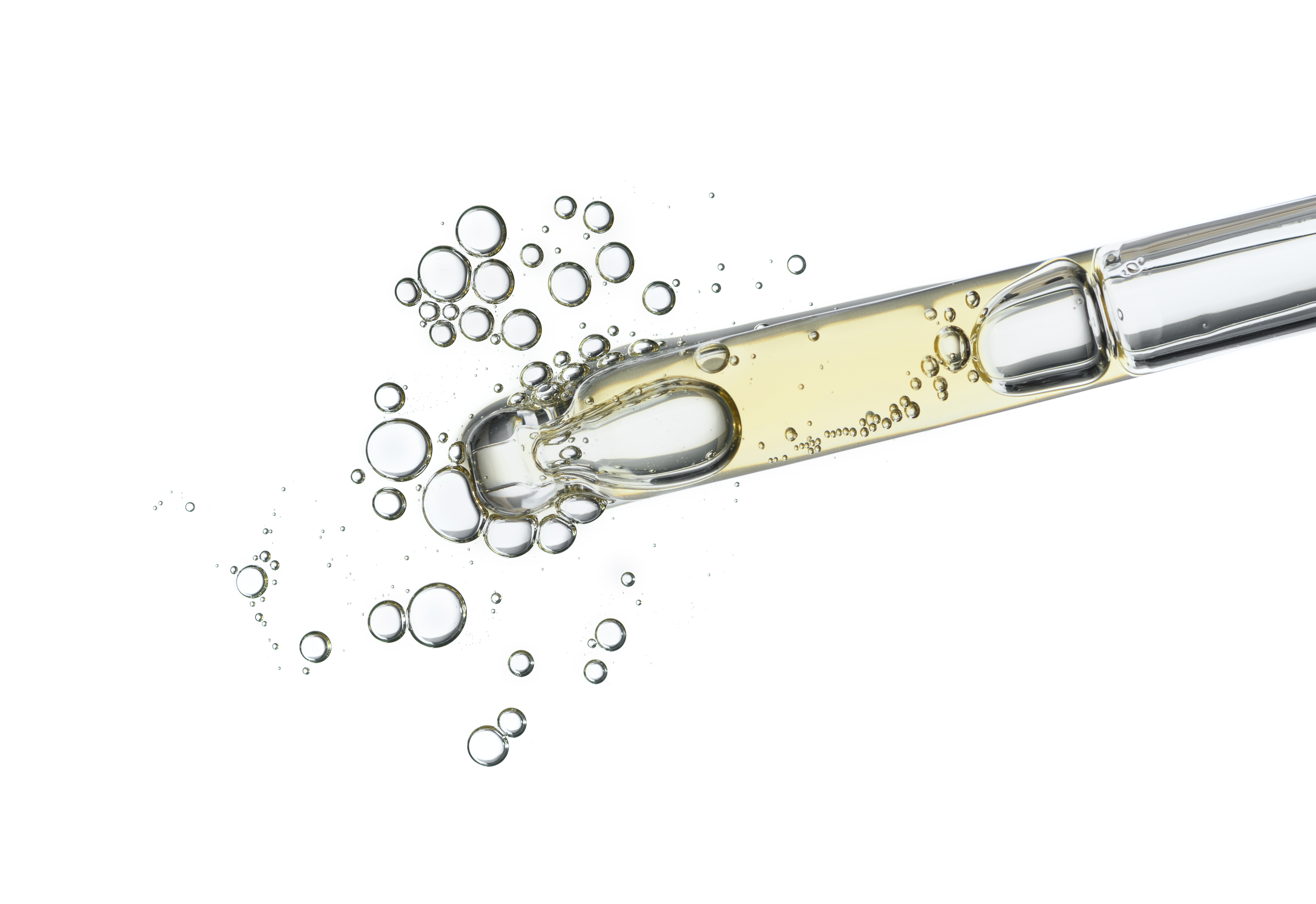AM Upskills: Treating patients with acids

We use acids in skincare as superficial peeling agents to treat acne, scarring, pigmentation and ageing. Alpha hydroxy acids and beta hydroxy acids (better known as AHAs and BHAs) are the two main classifications of hydroxy acids, though in recent years polyhydroxy, L-ascorbic and retinoic acids have seen an increase in popularity.
In skincare products, acids act on both dermal and epidermal levels. Overuse or improper application can be dangerous and sensitising to the skin, resulting in immediate stinging and burning sensations; while prolonged over-exfoliation compromises the skin’s acid mantle, disrupts the microbiome, and can increase inflammation and irritation in a detrimental way.
The phenomenon of social media “skincare gurus” has spawned a new type of client – the “skintellectual” expects results-driven skincare that achieves visible changes to their skin in a short space of time. While these clients pride themselves on being obsessed with their skin and may use skin-science terms and understand how ingredients work on a basic level, they do not have formal training, and their eagerness to see results can lead to skin problems. They are encouraged to exfoliate their skin to achieve a much sought-after glow, which means that our clients are buying products containing acids that often aren’t suitable for their skin.
I have seen this on numerous occasions in my own practice, whereby a very well-marketed consumer skincare product was causing multiple clients to develop compromised lipid barriers and skin sensitivity. Eventually, I only had to look at a skin and I was able to tell the client that they had used this particular product. It is up to us as professionals to educate our clients on the appropriate use of these acids and instil proper guidance when using active ingredients.

AHAS
AHAs improve subcutaneous barrier function by increasing proliferation and thickness, as well as restoring hydration by increasing the skin’s level of hyaluronic acids. They interact with the water in the upper layers of the skin, reducing the superficial pH of the skin’s surface. This weakens the ionic bonds of the lipids that hold the dead cells together, resulting in the sloughing of dead cells. The most commonly used AHAs are glycolic, lactic, mandelic, malic and citric.
Glycolic acid has the smallest molecule that can easily penetrate the skin. It is derived from sugarcane, as well as synthetic sources. It can be used at 3% upwards, but anything over 10% should be used at night only and under supervision of a professional. Combining AHAs with retinol should be advised with caution. As these actives are both known for effectively increasing cell turnover, it is not recommended to use them together in the same night routine. If a patient’s skin responds well to both of these then at most, alternating nights would be the way to go.
BHAS
While AHAs are water-soluble, BHAs are oil-soluble. This means they can penetrate the sebaceous follicles, making them a better choice for patients with oily skin and comedones. BHAs are exfoliants and are effective at reducing the appearance of fine lines and wrinkles, improving overall skin texture without the irritation often associated with AHAs.
Derived from aspirin, salicylic acid is the most common BHA. It has both anti-bacterial and anti-inflammatory benefits to the skin. 2% is recommended for targeting acne, while 0.25% helps control the oil and inflammation associated with ageing. Mixing AHAs and BHAs in a skincare routine should be approached with caution, but since everyone’s skin is different, the combination could be safe and even beneficial for some, like those with particularly oily skin, for example. This is one of the reasons why it is so important that patients come to skin professionals for guidance before embarking on any new regime or introducing a new product into their routine.
PHAS
Polyhydroxy acids are naturally-occurring compounds that have efficacy levels similar to AHAs but are larger molecules and therefore less sensitising. Popular PHAs include gluconolactone and lactobionic acid, which are chemically and functionally similar to their AHA counterparts (glycolic acid and lactic acid, respectively), but given their larger molecular structure, they are not able to deeply penetrate the skin and cause the same level of damage while reaping similar benefits. Gluconolactate is also a hydrating antioxidant ingredient with soothing properties, which makes it good to use alongside retinol – as found in AlumierMD Retinol –as it gently exfoliates to allow the retinol to penetrate while soothing skin at the same time.
Hyaluronic acid
HA is a complex sugar molecule that occurs naturally in the body. It is renowned for its ability to hold 1000 times its own weight in water. HA has a large molecule and hydrates the skin by drawing moisture to the surface. More of a support ingredient rather than anti-ageing, it does not have the ability to stimulate the body’s own HA or collagen production. It works well alongside other acids to help in the anti-ageing process because of its incredible ability to hydrate and plump the skin.
Retionic acid
Retinoic acid is a morphogen derived from retinol (vitamin A) that plays an important role in maintaining skin health. It is known as the gold-standard skincare ingredient because it has so many functions that help the skin. It is capable of reducing fine lines and wrinkles by stimulating collagen, it treats pigmentation and is an antioxidant capable of protecting the skin from UV-induced free-radical damage. Retinoic acids combined with other acids such as L-Ascorbic is one of the best combinations for an anti-ageing skincare routine. The use of L-ascorbic in the morning and retinol at night makes a winning combination in the fight against signs of ageing.
L-ascorbic acid
The most bio-available form of vitamin C, L-ascorbic is found in skincare from 5-15%. It helps the skin in a variety of metabolic ways, including helping hyperpigmentation, post-inflammatory hyperpigmentation and signs of ageing. It is involved in the production of collagen and protects the skin from oxidative stress by fighting free radicals. The combination of vitamins A (retinol), C and E are vital in skincare and will lead to healthy skin.
For clients who are at risk of damaging their skin due to acid use, gentler acids are ideal to promote skin cell renewal without the harmful side effects. Less aggressive, time-released products, such as AlumierMD Acne Balancing Serum, which contains 2% encapsulated salicylic acid, are ideal for helping to treat skin without any harmful side effects. However, the use of acids in skincare is well documented, and even high levels can be safe and beneficial to the skin if understood in terms of ther indications and interactions, and applied correctly.


